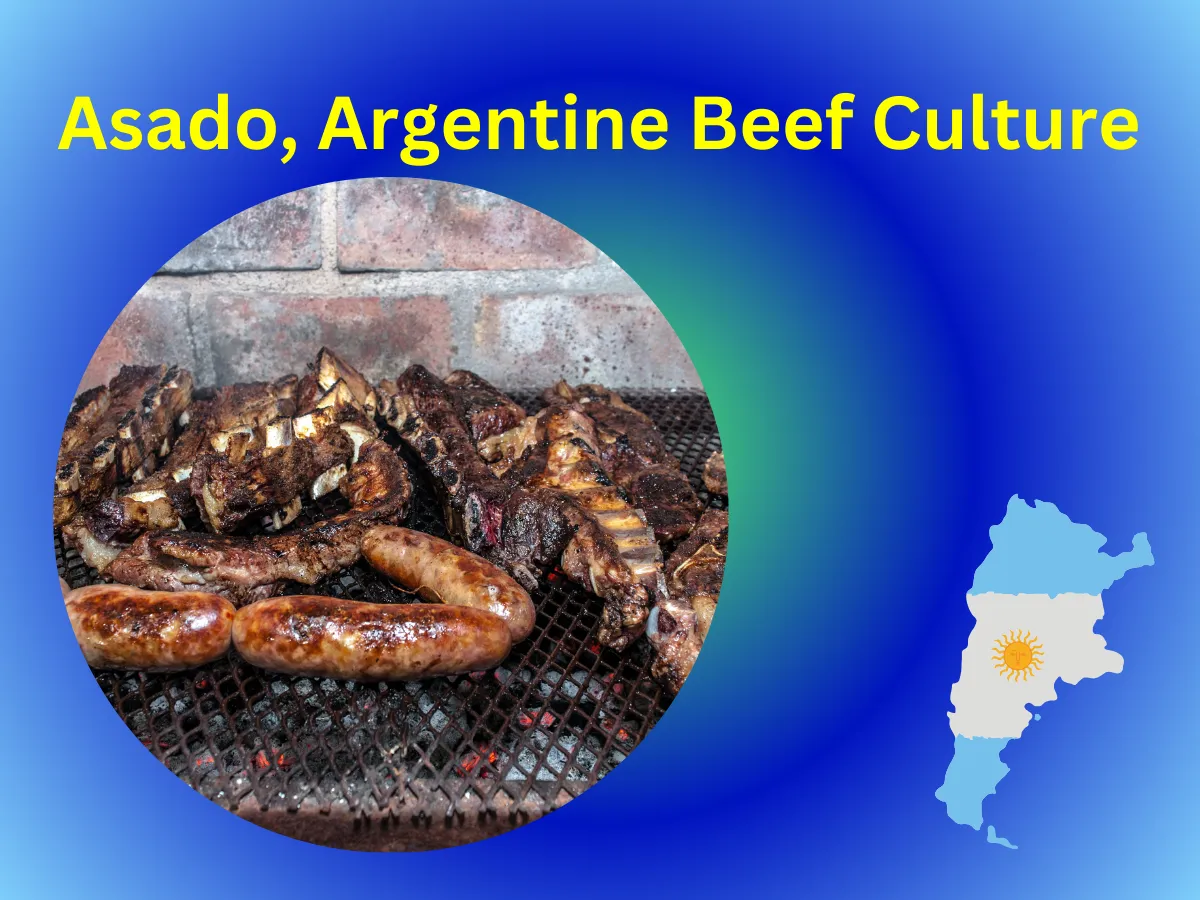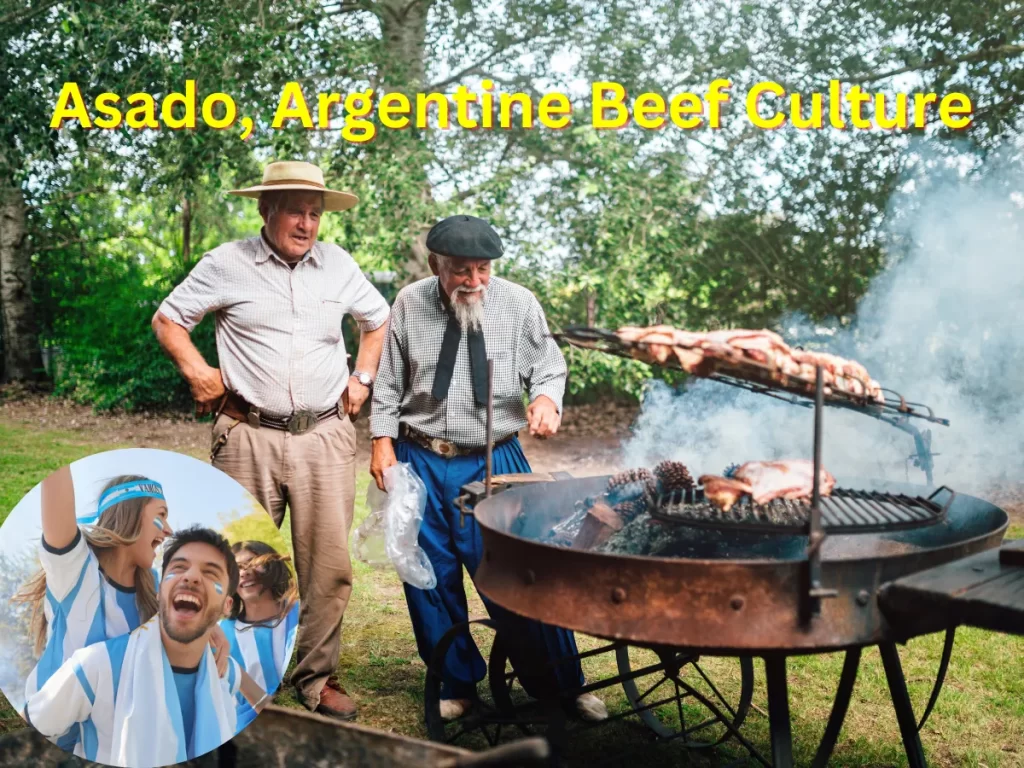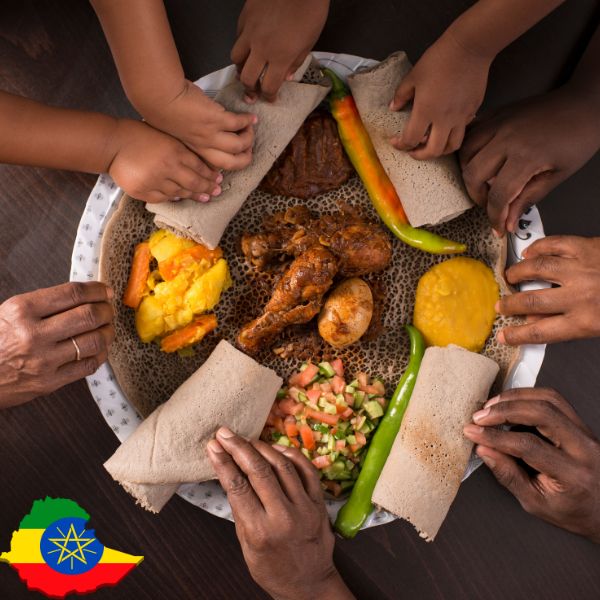Asado, Argentina Beef Culture, more than just a culinary practice, represents a deeply embedded tradition and social ritual that lies at the heart of Argentine culture. It goes beyond simply grilling meat—it is a celebration of community, heritage, national pride, and even economic resilience. From the smoky scent of wood-fired beef sizzling on an open grill to the laughter shared over a long afternoon meal, the influence of asado permeates every aspect of Argentine life.
-
Argentina Beef Culture
- Asado as a Social Ritual
- Culinary Identity of Argentina Through Asado
- Asado as a Symbol of National Pride and Unity
- Asado in Argentine Art, Literature, and Popular Culture
- Modern Evolution and Urban Asado Culture - Argentina Beef Culture
- Cultural Significance and Enduring Legacy - Argentina Beef Culture
- Asado Calorie Calculator
Argentina Beef Culture
Asado as a Social Ritual
In Argentina, asado is synonymous with connection. It is a cherished tradition that brings people together, whether they are friends, family members, neighbors, or coworkers. Weekends and holidays are often marked by the ritual of preparing and sharing an asado—a practice that involves far more than just food.
The preparation begins hours before the actual meal, with the asador (the grill master) lighting the fire and selecting prime cuts of meat. Throughout the process, guests gather around the parrilla (grill), sipping Malbec wine, fernet con coca, or beer, engaging in casual conversation, storytelling, and laughter. This communal space fosters intimacy and strengthens social bonds, transforming the act of cooking into a shared, almost sacred, social event.
The role of the asador is highly respected, akin to an artist or conductor. It is the asador who determines the flow of the gathering, ensuring each cut of meat is grilled to perfection and served in succession, from chorizos and morcillas (sausages and blood pudding) to ribs, flank steak, and mollejas (sweetbreads). Guests typically stand and graze as the asado unfolds, a reflection of its informal yet intimate nature.
Culinary Identity of Argentina Through Asado
Argentina is internationally acclaimed for its world-class beef, and asado is the purest expression of this culinary pride. Unlike complex marinades or spice blends used in other cuisines, Argentine asado is characterized by its simplicity and authenticity. The meat is seasoned with just sal parrillera (coarse salt) and grilled slowly over wood or charcoal, allowing the quality of the beef to shine.
The cuts used in asado—such as entraña (skirt steak), vacío (flank), costillas (ribs), and bife de chorizo (sirloin)—highlight the deep connection between the Argentine people and their livestock-raising heritage. The cooking method and the meat itself serve as a tribute to the country’s agricultural abundance.
Asado as a Symbol of National Pride and Unity
More than just food, asado embodies Argentina’s identity. It reflects the values of hospitality, endurance, and resourcefulness that are at the core of Argentine character. Asado links urban and rural traditions, from the pampas to the city suburbs, and transcends class, uniting people across social and economic lines.
The tradition draws heavily from the gaucho culture, where cattle, land, and open fire were central to life. The gaucho’s rugged lifestyle, immortalized in Argentine literature and folklore, laid the groundwork for the asado tradition. Today, preparing and enjoying an asado is an homage to these roots.
Economic Importance of Asado and the Beef Industry
Argentina is among the world’s largest beef exporters, and the culture of asado plays a significant role in maintaining domestic demand. The popularity of grilling and beef consumption has helped sustain thousands of jobs across farming, processing, retail, and export sectors.
Cattle ranching is deeply tied to the economy, particularly in the Pampas region, which provides some of the finest grazing land. The quality of Argentine beef owes much to these grasslands, and its high demand is driven in part by the cultural reverence for asado. Asado events also stimulate local economies through butchers, wood vendors, market sellers, and restaurants.
Historical Roots of Asado
The roots of asado can be traced back to the 16th century, when Spanish colonizers introduced cattle to the South American plains. By the 18th century, the gauchos of the Pampas had adopted the practice of cooking meat over an open flame, turning necessity into tradition. Their asados were simple, hearty affairs—often just a cow butchered on-site, grilled whole or in significant cuts.
This method suited the nomadic lifestyle of gauchos who lived off the land, often with little more than a knife, some salt, and a fire. These early asados emphasized resourcefulness, self-reliance, and shared sustenance, values that continue to resonate today.
Regional Variations Across Argentina
Although asado is practiced nationwide, regional styles reflect local climates, traditions, and ingredients.
- Patagonia: Known for cordero al asador (lamb cooked on a cross-shaped spit). The lamb is slowly roasted over a wood fire for hours, resulting in tender, smoky meat that reflects the region’s rugged, windswept terrain.
- The Pampas: The heart of cattle country, this region is the epicenter of beef-focused asados, featuring large cuts and a focus on traditional grilling techniques.
- Northwest Argentina: Asados here show indigenous Andean influences, incorporating llama meat, native herbs, and clay ovens.
- Litoral: Along the rivers, fish like surubí and pacú may take center stage on the grill, showing the diversity of asado beyond beef.
Asado in Argentine Art, Literature, and Popular Culture
The cultural resonance of Argentine Beef Culture extends into literature, visual arts, music, and film. Asado scenes symbolize togetherness, nostalgia, and heritage in countless works.- Literature: In classic works like José Hernández’s Martín Fierro, the gaucho’s asado is a recurring motif, reinforcing the ideal of rugged self-sufficiency and communal life.
- Visual Arts: Artists such as Prilidiano Pueyrredón have captured the essence of traditional asado in paintings like “El Asado”, portraying people gathered around a fire sharing meat and stories.
- Modern Media: Argentina Beef Culture – Features in contemporary Argentine cinema and TV are often used to illustrate family dynamics, social conflicts, or moments of unity.
Modern Evolution and Urban Asado Culture – Argentina Beef Culture
In recent years, asado has evolved to fit urban lifestyles. While the traditional wood-fired grill remains a fixture in many Argentine homes, portable grills, balconies, and rooftop asados are becoming more common in cities like Buenos Aires.
Restaurants and parrillas offer asado experiences for tourists and locals alike, showcasing regional meats and cooking techniques. There is also a growing trend toward sustainable meat sourcing and experimentation with plant-based alternatives, expanding the definition of asado in contemporary culture.
Cultural Significance and Enduring Legacy – Argentina Beef Culture
Ultimately, asado is a living tradition. It reflects Argentina’s history, community values, economic realities, and creative expression. It’s not merely a dish—it’s an event, a memory in the making, a ritual passed from generation to generation.
In conclusion, asado stands as a cornerstone of Argentine identity, echoing the nation’s landscapes, labor, artistry, and love of gathering. Its enduring presence in homes, history, and hearts ensures it remains one of the most potent expressions of Argentina culture for generations to come.
Asado Calorie Calculator
Lets users input gram amounts for classic Argentine cuts and instantly calculate the total calories.










